For those of us old enough to remember the 1980s in New York, it was a city that reeked of poverty and homelessness.
The subways were rife with people who slept overnight on the moving trains, trying to seek warmth and comfort underground.
Our streets, even glittering ones like Fifth Avenue in Manhattan, had homeless people sleeping on top of warm air vents or on the steps of such venerated places as the Metropolitan Museum.
Homelessness was all around us and it symbolized a gritty city that could not deal with its poorest members, many drug-addicted or mentally ill. It was a bleak backdrop to a city spiraling out of control. There were famous cases and artifacts that illustrated this era well; like the newspaper sold by the homeless, Street News, and the "Wild Man of West 96th Street," a homeless mentally ill man on the Upper West Side, whose plight was exposed by a local community newspaper, The West Side Spirit, and then made national headlines on 60 Minutes, and was one of the cases that led to a change in New York State's Mental Hygiene Laws.
I recall that era well, because I was the editor of The Spirit, that community newspaper that told the sad tale of Larry Hogue ("The Wild Man of West 96th Street") then, and homelessness was one of the main issues we grappled to cover each week.
One year, I believe 1989, I asked one of our photographers to capture the stark dichotomy between the super rich and the homeless for our year-end cover.
His prize-winning photo, which is seared indelibly in my memory, captured a homeless man, ragged, unshaven for days and wrapped in a burlap canvas bag, walking right in front of the gold lettering of the new Trump Tower on Fifth Avenue. The poignancy of that scene gave credence to the journalism maxim: "a picture is worth more than a 1000 words."
On another occasion, I tested a theory on why we never see homeless people on the street in the Hamptons. I sent one of our intrepid reporters, who I had instructed not to shave for a week and to dress raggedly, to main street in Southampton to camp out. I strategically placed a photographer across the street with a wide angle lens and we waited for the inevitable to happen.
Within an hour, the Southampton police chief loomed over our "homeless reporter" quite menacingly, and instructed him to get out of town right away. "But the law says I can sleep on the street," our reporter replied plaintively. "Not my law," replied the resort town cop, and he threatened to put him in jail if he wasn't beyond the town limits by sundown.
I thought about all this on a recent night when I volunteered at an Upper West Side synagogue's homeless shelter and slept in close proximity with a population of 10 homeless men, a subgroup of the city which is not nearly as ubiquitous now as it was in the 1980s and early 1990s.
Poverty is still with us, sadly, and New York still has an inexcusably large homeless population who seek shelter every night, trying to steer clear of our streets and subways. The growing unemployment rate and the increase in those living below the poverty line leads me to believe that homelessness is just better concealed these days.
My night at the synagogue homeless shelter was eye-opening and inspiring.
These men were polite, neat and very grateful to have a warm roof and relatively comfortable bed to sleep in. They went to bed by 10 pm, were up by 5 am, in the showers and out by 6 am, their fold-up beds, sheets and towels put away so that the room they slept in could be used as a classroom during the day.
It made me wonder why all churches, synagogues and other houses of worship don't have similar programs. Jesus, Moses and Mohammed were all about helping the poor and what better way for a congregation to show its holiness than by using its house of worship as a sanctuary for the poorest among us.
I hope that more houses of worship follow the model I discovered at Anshe Chesed synagogue on West 100th Street in New York City. The Grand Central Partnership and Project Reachout brings 10 men there every night at 7 pm, feeds them and houses them overnight. The only expense I could see is the 11 fold-up beds and the sheets, covers and towels that are provided by the city. Two volunteers from the synagogue congregation -- one from 7-9 pm and the other sleeping overnight like I did -- ensure that all goes smoothly and that these men are well taken care of.
I once read a great maxim on the front of a local church: "Character is being kind to those who can't help you."
That is a great motto to live by. Everyone should encourage their house of worship to start a small homeless shelter in one of its spare rooms.
Jesus, Moses and Mohammed would definitely approve.
It would show great "character."
Tom Allon is a 2013 Liberal and Democratic candidate for Mayor in New York
City.
Follow Tom's campaign on Twitter: @TomAllon4Mayor
